Losar is the Tibetan word for “new year”. Losar Festival in Tibet is
the biggest event, just like the Christmas in the West. It marks the
beginning of
Tibetan New Year.
The festival lasts for 15 days, from the 1st to 15th day of the first
month in Tibetan calendar. Since most Tibetans practice Tibetan
Buddhism, celebrations of Losar are permeated with strong religious
atmosphere. They feature ancient rituals, stage fights between good and
evil, chanting and passing fire torches.
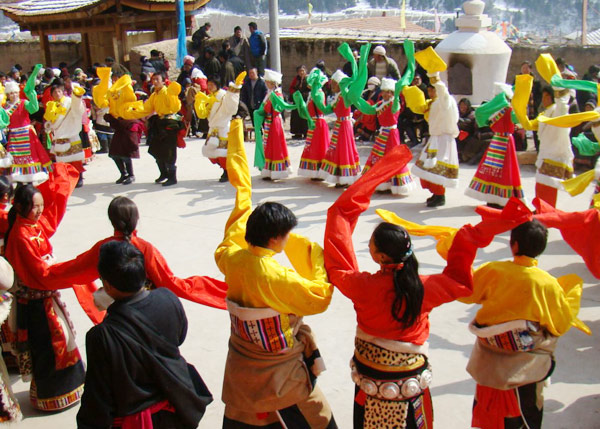 |
| Tibetan people are dacing for celebrating Tibetan New Year |
DateHistorically, since the systematization of the
Tibetan calendar in 1027 A.D., the first day of the first month became
fixed as Losar – the New Year. The Tibetan calendar is made up of 12 or
13 lunar months, each beginning and ending with a new moon. A thirteenth
month is added every two or three years, thus an average Tibetan year
is equal to the solar year. Tibetan people follow a lunar calendar, so
the date of Losar changes from year to year. In 2012, the Tibetan New
Year begins on February 22.
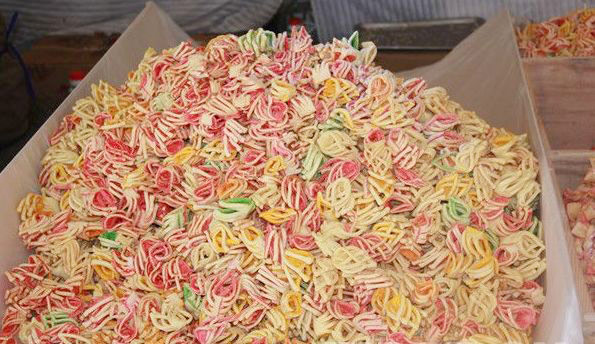 |
| Kasai - a special kind of fried curled dough sticks |
PreparationActually, preparations for Losar start a
month or days earlier. Tibetans buy food, clothing, furniture, and
decoration materials for the coming celebrations. On the 19th day of the
twelfth lunar month, tradition says that it is a day for cleaning.
People would clean their houses very thoroughly to sweeps away bad luck.
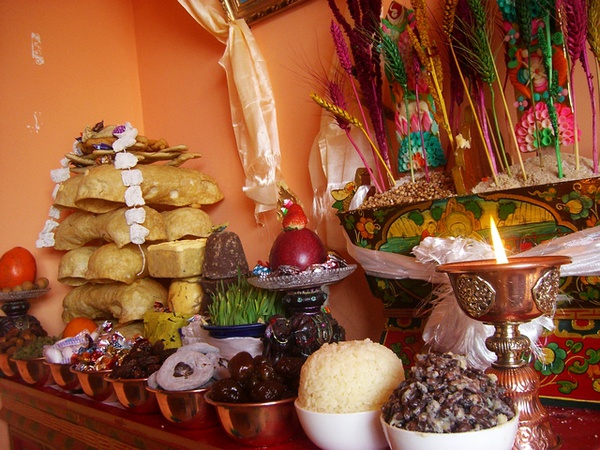 |
| Offerings on household shrine |
Traditions & CelebrationsTraditionally, the
celebrations begin on the twenty-ninth day of the twelfth lunar month,
that is, the day before the Tibetan New Year’s Eve. The custom that day
is to make a traditional noodle soup called “Guthuk”. It is made from
nine different ingredients including dried cheese and various grains.
This dish is served with small dumplings. The dumplings are stuffed with
one of various things such as chilies, salt, wool, rice and coal. The
ingredients one finds hidden in one’s dumpling are supposed to be a
lighthearted comment on one’s character. Wool means “good-heartedness”,
and coal “black heart”. It is a good way of merrymaking. After dinner,
people let off firecrackers and torches are used to rid the homes of
evil spirits which may be lurking. On the last day of the year, Homes
are freshly painted, families dress up in new clothes, good food and
special dishes are cooked. People then honor the gods in their household
shrines and place offerings before them. Also, Monasteries are all
deckled up in the finest decorations and a Blessing Ceremony is
performed on the first day of Losar.
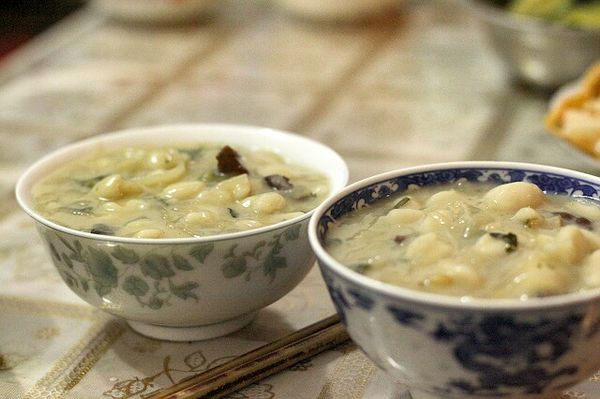 |
| "Night of Guthuk" on the 29th day of the 12th lunar month |
By tradition, the most important thing on the first day of Tibetan
New Year is to seek “holy water”. In the morning, Housewives would get
up very early, and cook a pot of barley wine for the family. When dawn
breaks, they head for a nearby river, or well, to fetch the first bucket
of water. For the “holy water”, the family would be blessed with good
luck for the New Year. Also, family member will greet each other with
well-meaning wishes – “Tashi Delek”. In the coming two weeks of
celebrations, Tibetans will also exchange New Year’s greetings, worship
gods and horse-racing.
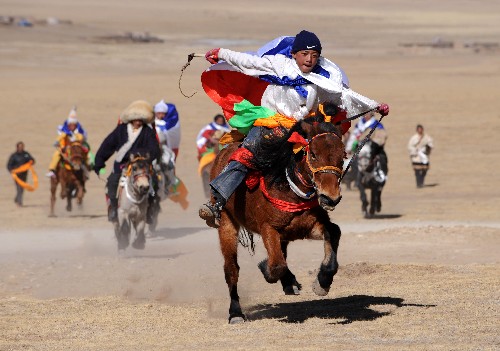 |
| Horse-racing for New Year's celebrations |





No comments:
Post a Comment